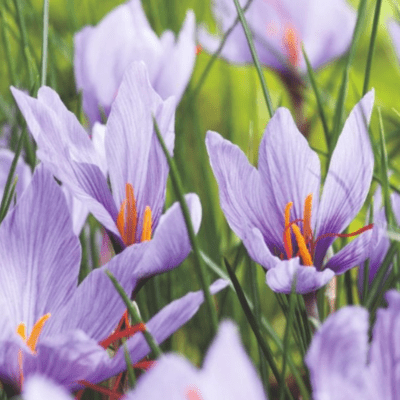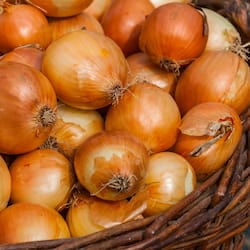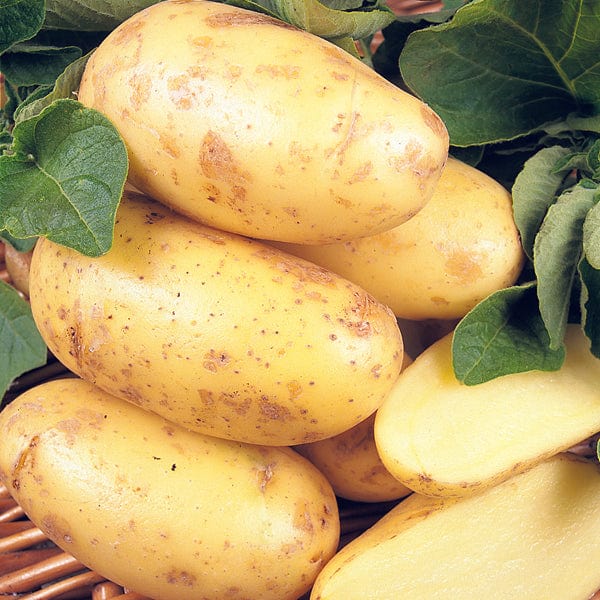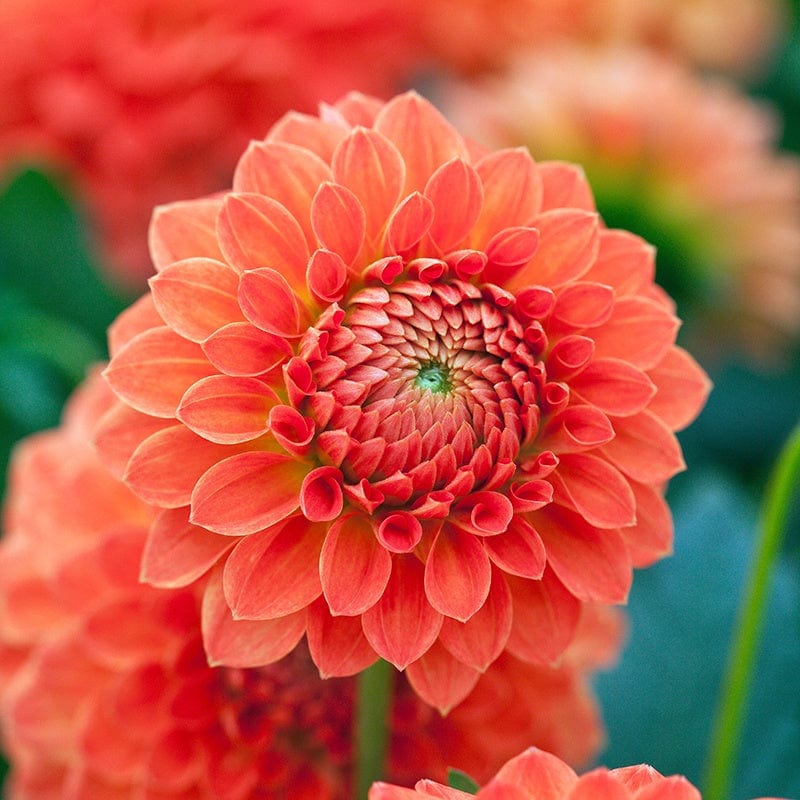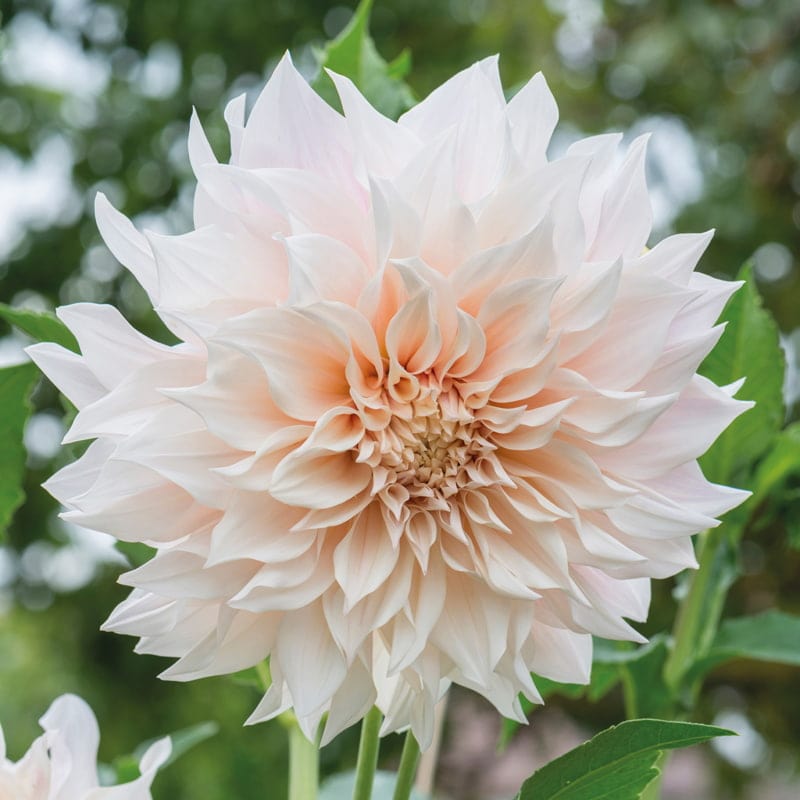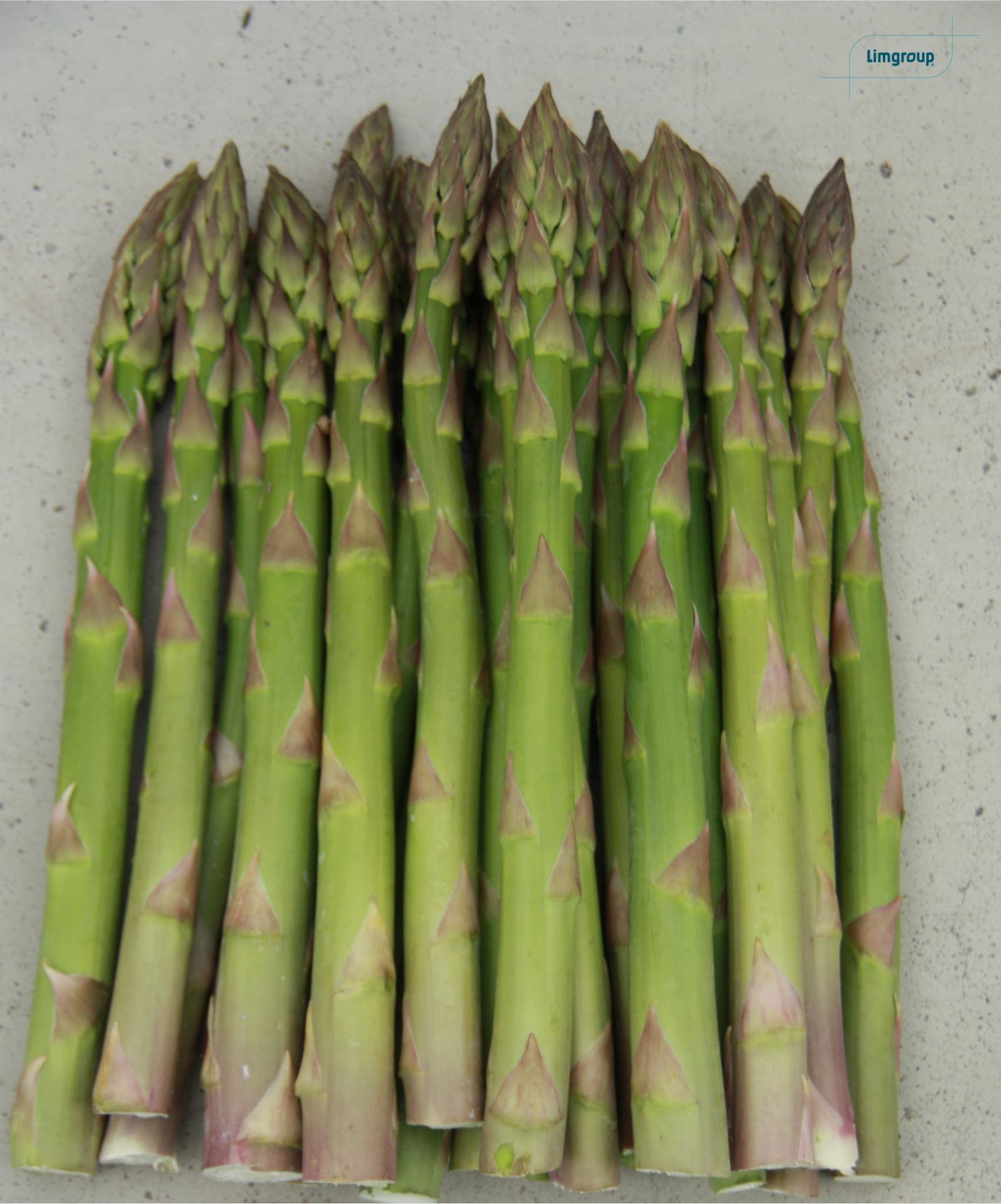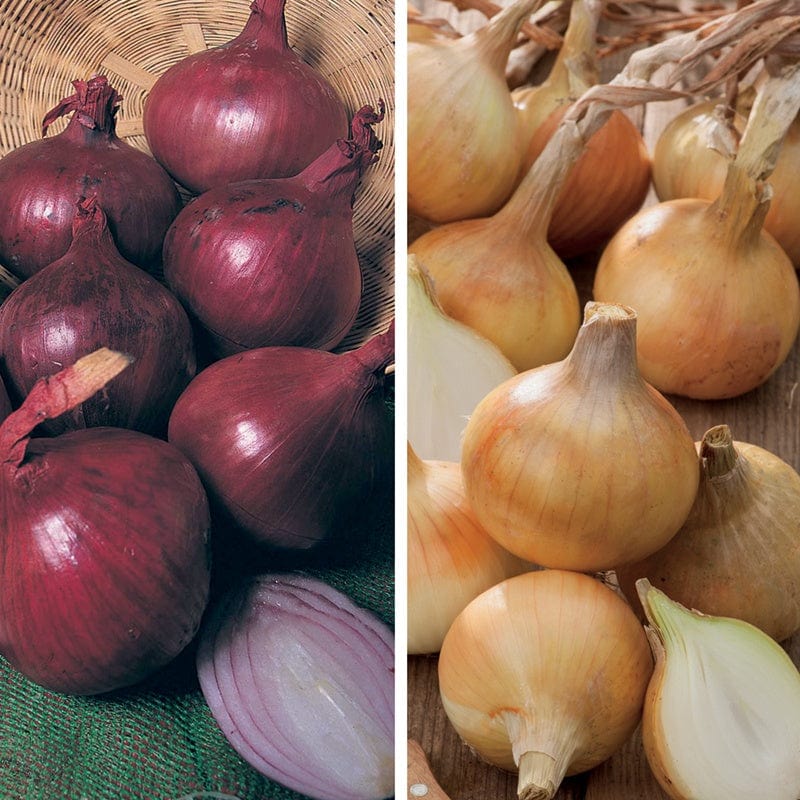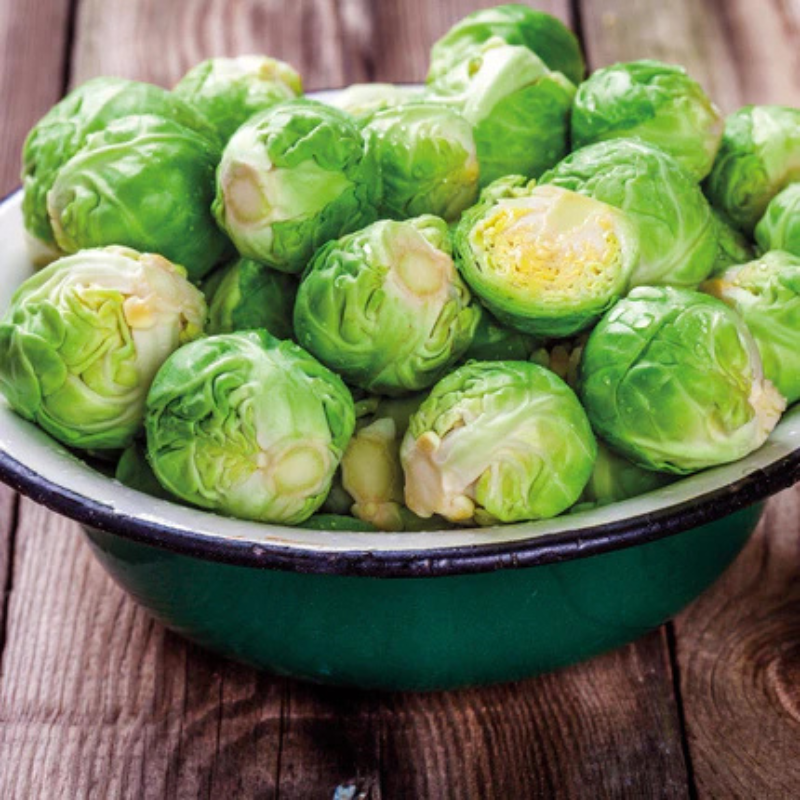
Brussels Sprout Seeds
Grow your own fresh sprouts for Christmas dinner with Fothergill’s top-quality Brussels sprout seeds. Undoubtedly the Marmite of the vegetable world, you either love sprouts or you hate them. But our opinion is often based on our childhood experiences – you’ll be amazed at the difference in flavour when you grow your own.
Modern Brussels sprout cultivars produce amazingly sweet, firm, slightly nutty crops, free of the bitterness that older varieties were known for. Perfect for adding a touch of home-grown goodness to your meals, sprouts are nutritious and easy to grow. You’ll find a fantastic range of Brussels sprout seeds below, including RHS award-winning varieties.
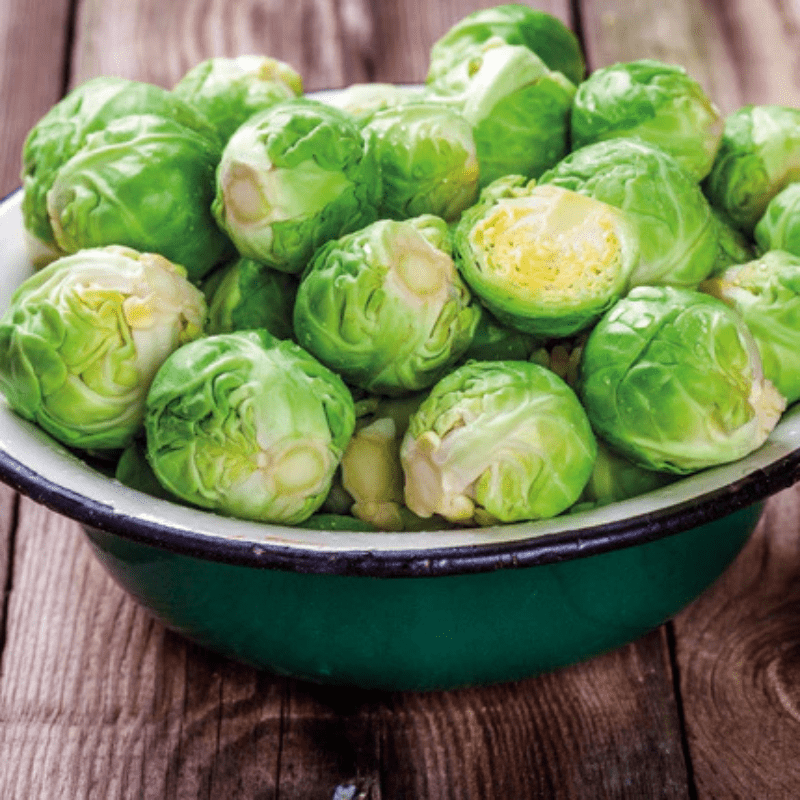
Why Grow Brussels Sprout Seeds?
Hardy and cold-tolerant, Brussels sprout seeds are ideal for extending your vegetable harvest throughout winter, when many other crops are out of season. Plus, they’re easy to grow – just sow indoors, transplant outdoors in late spring, and keep them moist and weed-free.
Brussels sprouts are known for their productivity despite their compact size. Each plant can yield a generous harvest, making them perfect for gardeners with limited space. They stay in good condition on the plant for several weeks, so you can enjoy fresh, home-grown vegetables for longer.
Besides being beautifully sweet and tasty, sprouts are packed with essential vitamins, minerals, and fibre. Choose from popular varieties like Brussels Sprout Evesham Special, known for its reliable crop, or try the Brussels Sprout Rubine with its striking purple colour. For the perfect winter roast, grow your Brussels sprout seeds alongside other hearty veg, like potatoes and cabbages.
Order Our Brussels Sprout Seeds Today
Here at Fothergill's, we believe that growing your own vegetables should be simple, fun, and rewarding for everyone. All of our seeds and plants, including our vegetable seeds, are carefully selected for top-quality crops and high germination rates – 100% satisfaction guaranteed.
Explore our fantastic range of Brussels sprout seeds today and take the first step towards your own seed-to-table adventure. Order now for fast UK delivery from just £1.95.
Sign-up to our Newsletter

















